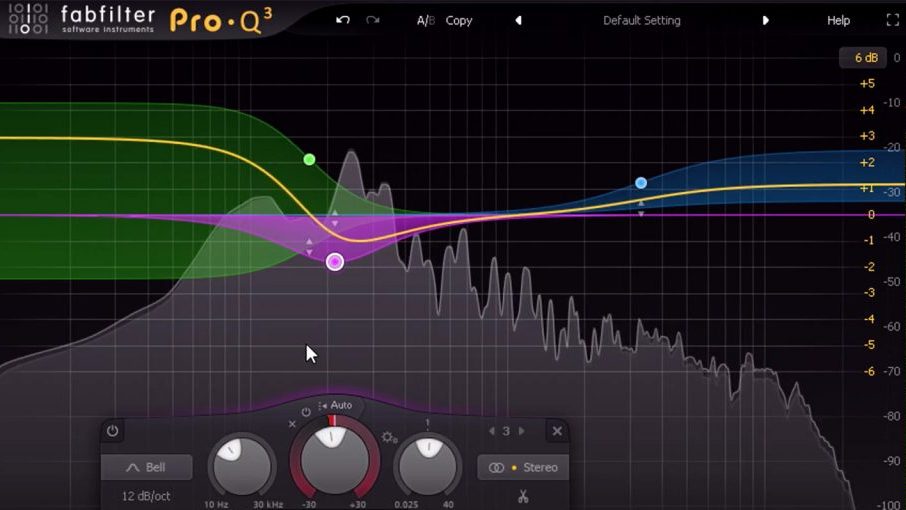Equalizer is a fundamental tool in the field of audio processing, allowing producers and engineers to adjust the frequency of audio, which is also called EQ. It has a long history of development, from the early analog technology to complex digital processing technology nowadays.
The earliest equalizer can be traced back to the early 20th century, and it was quite different to the ones we use today. People used passive filters in analog circuits to adjust frequency. Until around 1950 and 1960, people started to use hardware equalizers with adjustable frequency bands to balance the audio.
Digital equalizer invent at the late 20th century which revolutionized the field of EQ. Digital EQ can control the parametric of sonic frequency more flexibility, precision and more intuitive than most of the analog EQ. Digital EQ were often plugin into a digital audio workstations as other effect plugins, but it can also use as a standalone software. These EQs allowed engineers to manipulate audio with unprecedented accuracy and efficiency.
Dynamic EQ changes the gain of an EQ band dynamically, depending on the level of the input signal (FabFilter, n.d.). Dynamic EQ is a more recent innovation that combines the principles of EQ and dynamics processing, one of the mainstream ones is FabFilter Pro-Q 3. Unlike traditional EQ, which applies static frequency adjustments, dynamic EQ can changes in the audio signal’s amplitude. Dynamic EQs are particularly useful in situations where traditional EQ may be insufficient, such as controlling resonant frequencies or harsh transients.

After understanding the history and technology of EQ, we should focus on how to use such a powerful tool. Most people know that EQ can fix certain frequency ranges problems by using techniques like high pass or low pass filters, frequency sweeping, selective EQ and etc., to balance overprominent or missing frequencies. However, EQ is not just a means of correction, but also a creative technique (Nisbett, 2003). For example, using EQ automation, parallel EQ, resonant boosts, and other techniques, combined with other effects, can give audio some unique texture. In future mixing work, I will experiment with creative mixing effects within the framework of basic mixing standards, exploring plugins that I have not previously encountered.
FabFilter (n.d.) Dynamic EQ. Available at: https://www.fabfilter.com/help/pro-q/using/dynamic-eq (Accessed 23 March 2024)
Nisbett, A. (2003) Sound Studio: Audio Techniques for Radio, Television, Film, and Recording. Oxford: Focal Press.

Leave a Reply